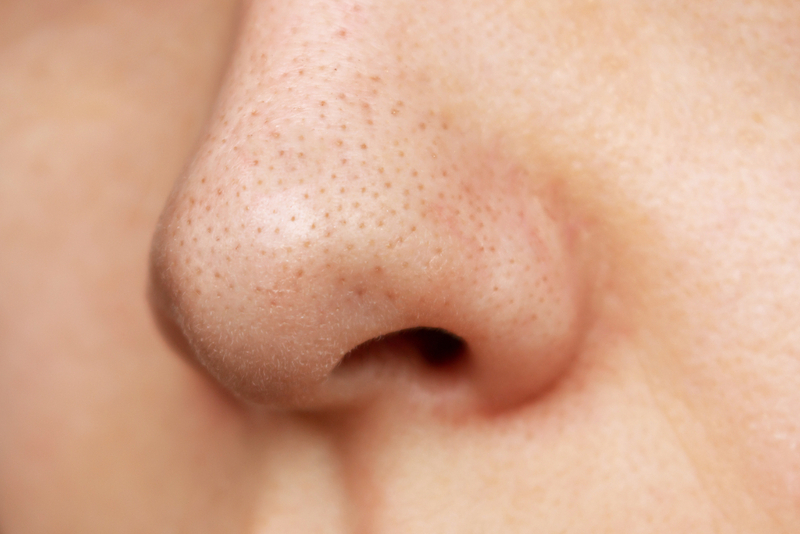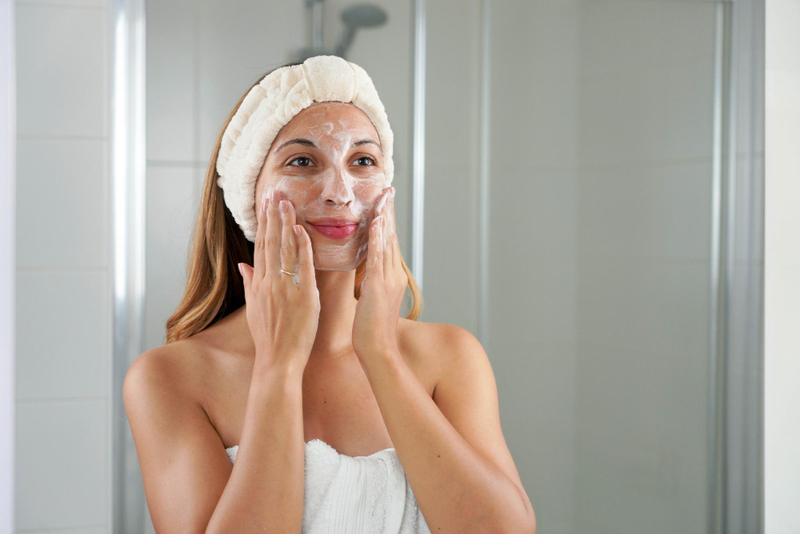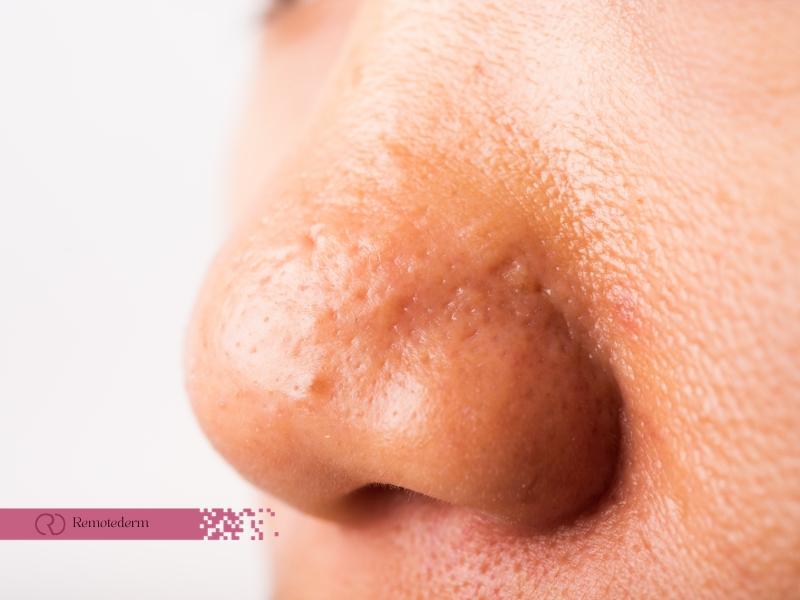In the vast realm of skincare, the term “sebum” often floats around, leaving many wondering about its intricacies and, more importantly, how to manage it effectively. Sebum, the natural oil secreted by our sebaceous glands, plays a crucial role in skin and hair health. In this comprehensive guide, we will explore the depths of sebum, and understand its meaning, its significance, and the nuisances it might cause. Furthermore, we’ll unravel the mystery of sebum plugs and provide actionable insights on how to bid them farewell.
What is Sebum?
Before delving into how to get rid of sebum, let’s quickly review sebum’s meaning. The term “sebum,” originating from Latin and signifying “fat,” refers to a sophisticated blend of lipids manufactured by the sebaceous glands embedded within the skin. Its primary function is to provide lubrication and waterproofing to the skin and hair, safeguarding against dryness and brittleness. Understanding the intricacies of sebum is crucial, as an imbalance in its production may contribute to various dermatological concerns.
Sebum’s Role in Skin and Hair Health
Sebum acts as a natural barrier, shielding skin and hair from environmental aggressors. Beyond its lubricating properties, it helps maintain skin’s supple texture, prevent dehydration, and add a natural sheen to hair. In Canada, where weather extremes such as harsh winters and humid summers are common, managing sebum becomes even more critical to avoid disruptions that may lead to acne, blackheads, or other skin-related issues.
Unraveling the Mystery of Sebum Plugs
Sebum plugs, commonly known as blackheads or whiteheads in colloquial terms, emerge as a prevalent concern for a multitude of individuals navigating the complexities of skincare. These troublesome occurrences manifest when sebum and dead skin cells amass, obstructing hair follicles and giving rise to small bumps on the skin’s surface. Effectively managing sebum plugs demands a nuanced approach to skincare, focusing on restoring the skin’s natural balance. This involves strategies to regulate sebum production, exfoliate dead skin cells, and foster an environment conducive to healthy skin. By unraveling the mystery of sebum plugs, one can embark on a targeted skincare journey toward achieving a harmonious and vibrant complexion.

How to Get Rid of Sebum?
When it comes to managing sebum, dermatologists recommend a targeted skincare routine to maintain a healthy balance. Here are some expert tips to help you effectively get rid of sebum and address associated skin concerns:
1. Gentle Cleansing
Start your routine with a mild, sebum-friendly cleanser. Opt for products containing salicylic acid or glycolic acid, which regulate oil production without causing excessive dryness. This is particularly important during Canada’s dry winters or humid summers when skin conditions fluctuate.
2. Exfoliation
Make exfoliation a consistent and integral part of your routine to actively prevent the formation of sebum plugs and promote a smoother complexion. Utilize exfoliants that contain alpha or beta hydroxy acids, as they effectively slough off dead skin cells, reducing the likelihood of pores becoming clogged and contributing to sebum-related issues.

3. Use Non-Comedogenic Products
In your quest for clearer skin, prioritize skincare and haircare products that are labelled as non-comedogenic, recognizing their ability to avoid pore-clogging and allow the skin to breathe. This careful selection helps minimize issues related to sebum accumulation, contributing to a healthier overall complexion.
4. Consult a Dermatologist
If sebum-related concerns persist despite your efforts, it is advisable to seek professional advice from a dermatologist. Convenient and personalized consultations with an online dermatologist Canada are readily available, offering guidance and tailored solutions that address individual skin types effectively.
5. Addressing Acne and Ringworm
In addition to managing sebum, it is crucial to recognize that sebum overproduction often corresponds with skin conditions such as acne and ringworm. Tailor your skincare routine further to specifically address these concerns by incorporating treatments and products recommended by dermatologists, ensuring a comprehensive approach to your skin’s health and well-being.
By incorporating these dermatologist-recommended strategies into your skincare routine, you can effectively manage sebum production and promote overall skin health.
Final Thoughts
Understanding and managing sebum effectively is essential for maintaining healthy skin and hair, particularly in Canada’s diverse climates. This guide has highlighted sebum’s multifunctional role in lubrication, waterproofing, and protecting skin against environmental aggressors.
By following expert recommendations—gentle cleansing, regular exfoliation, and using non-comedogenic products—Canadians can regulate sebum production and prevent clogged pores. For persistent concerns, platforms like RemoteDerm offer accessible professional consultations tailored to the unique challenges posed by Canada’s environment.
FAQs
Can dietary changes help reduce sebum production?
Modifying your diet to include foods with low glycemic index and reducing dairy intake can sometimes help in managing sebum levels, as studies suggest a link between diet and skin oiliness. Always consider consulting with a nutritionist or dermatologist for personalized advice.
Is there a way to measure sebum production on the face?
Sebum production can be evaluated using sebumeter measurements in a clinical setting, which can help dermatologists understand skin oiliness levels and guide the formulation of a customized skincare routine.
What is the impact of hormones on sebum production?
Hormonal fluctuations, particularly of androgens, can significantly influence sebum production, often leading to increased oiliness during puberty, menstrual cycles, or certain endocrine disorders.
Does the environment affect how much sebum my skin produces?
Environmental factors, such as humidity and temperature, can impact sebum production, with higher levels typically observed in hot and humid climates leading to a shinier complexion and potential skin irritation.
